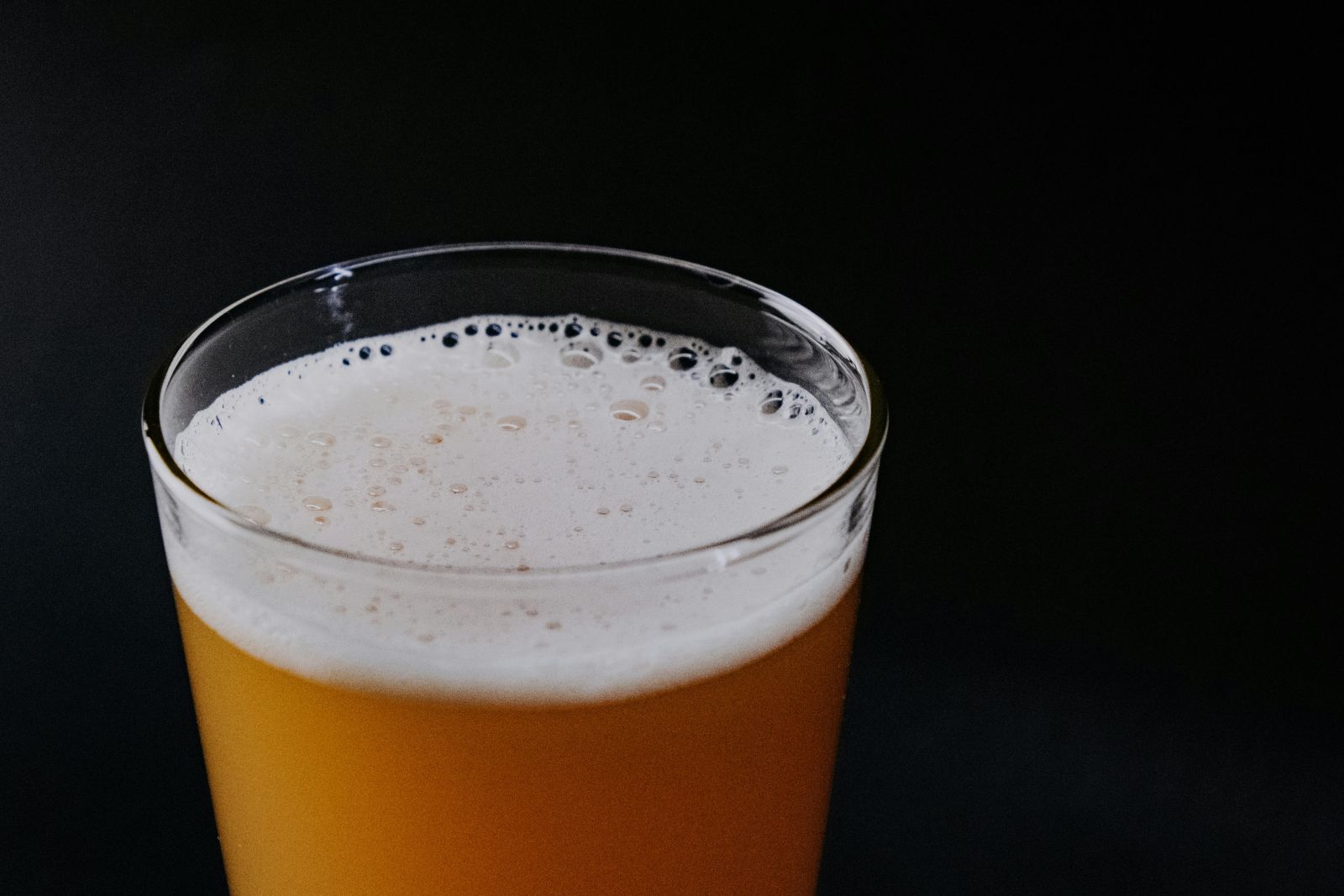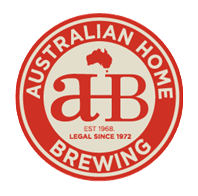Home Brewing for Beginners: Your Ultimate Guide to Starting Out
Ever wondered how your favourite beverages like beer, wine, and hard cider come to life? It all starts with fermentation, a magical process where yeast turns sugary liquids into amazing drinks.
If you're curious about home brewing but have no idea where to start, this guide is for you!
Home Brewing Beer for Beginners: The Basics
Beer, in its simplest form, is made from four key ingredients: water, malt, hops, and yeast. Each plays a vital role in crafting the flavour and character of your brew.
1. Water
Water is the foundation of any beer. Fortunately, in Australia we generally have good quality water for brewing.
2. Malt
Malt is derived from malted barley or wheat and provides the fermentable sugars that yeast converts into alcohol. Different types of malt contribute various flavours, from the rich, dark notes of a stout to the light, crisp taste of a pilsner.
3. Hops
Hops add bitterness and aroma to balance the sweetness of the malt. They can introduce floral, citrusy, herbal, or spicy notes, depending on the variety used.
4. Yeast
Yeast is the magic ingredient that ferments the sugars into alcohol and carbon dioxide, giving beer its unique flavours. Different yeast strains can produce vastly different beers, from clean lagers to fruity ales to spicey clove and banana notes of wheat beer.

A Quick Look at the Brew Day
Ready to see how it all comes together? Here's a snapshot of a typical brew day:
Step 1: Gather Your Gear
Before you start, you'll need some essential equipment: a fermentation vessel, a thermometer, a hydrometer, and a few other tools. Our homebrewing starter kits are a great way to get everything you need in one package check them out in our Beer Starter Kits
Step 2: Mixing and Boiling
Begin by mixing your malt in warm water. Next, boil the mixture (now called wort) and add hops at various stages to develop flavour and aroma. This process will slight vary depending upon your recipe. All our recipe kits have detailed instructions for this process.
Step 3: Fermenting
After boiling, allow your wort to cool for 15 minutes. Add the mixture to your fermenter and top up to your final volume with cool tap water. Your wort will now be at suitable temperature for fermentation. Add the yeast, and let it work its magic, turning the sugars into alcohol and carbon dioxide over several days or weeks. Always brew at the recommend temperature range as per instructions.
Step 4: Bottling or Kegging
Once fermentation is complete, it's time to package your beer. You can bottle it or use a keg. Make sure everything is sanitised. For bottling add carbonation sugar drops for secondary fermentation and allow 3 weeks for your beer to carbonate and mature.

The Joy of Homebrewing
Homebrewing is a fantastic hobby that lets you explore your creativity and experiment with flavours. Here are a few tips to help you succeed:
1. Avoid Common Pitfalls
Watch out for issues like poor temperature control, inadequate sanitation, and improper carbonation. Good news is these errors are easy to avoid. Learning from mistakes is part of the journey!
2. Keep Improving
Homebrewing offers endless opportunities for creativity and growth. Try new ingredients, refine your techniques, and explore different yeast strains to perfect your craft. Our collection of AHB Recipe Kits will inspire you on this journey.
Starting home brewing will be the best choice you have made in a while- and with a little knowledge and the right equipment, you'll be crafting your own delicious beers in no time. So why wait? Dive into home brewing and discover the joy of creating your very own beverages. Cheers to your new hobby and remember we are here to help you along the way!
